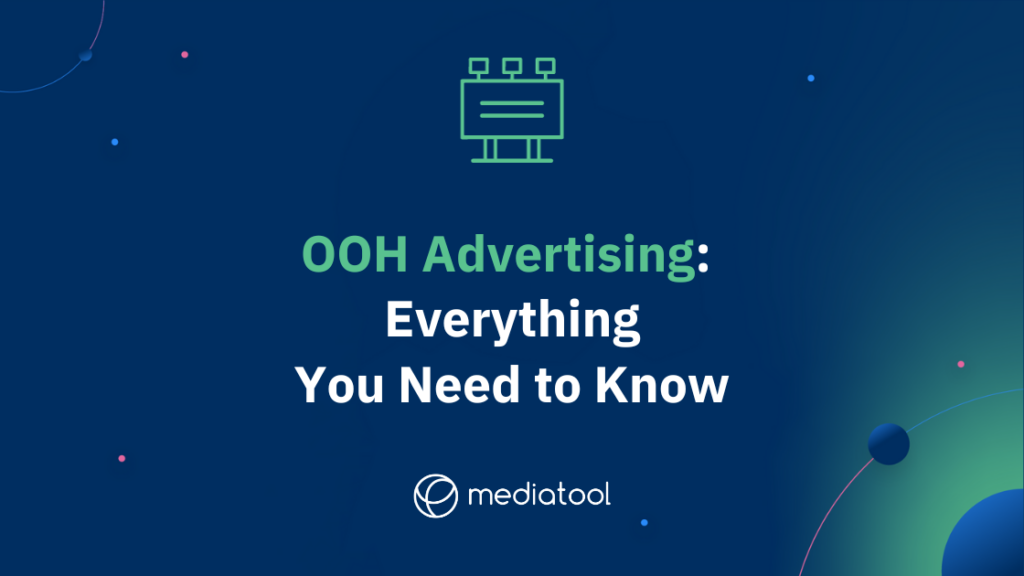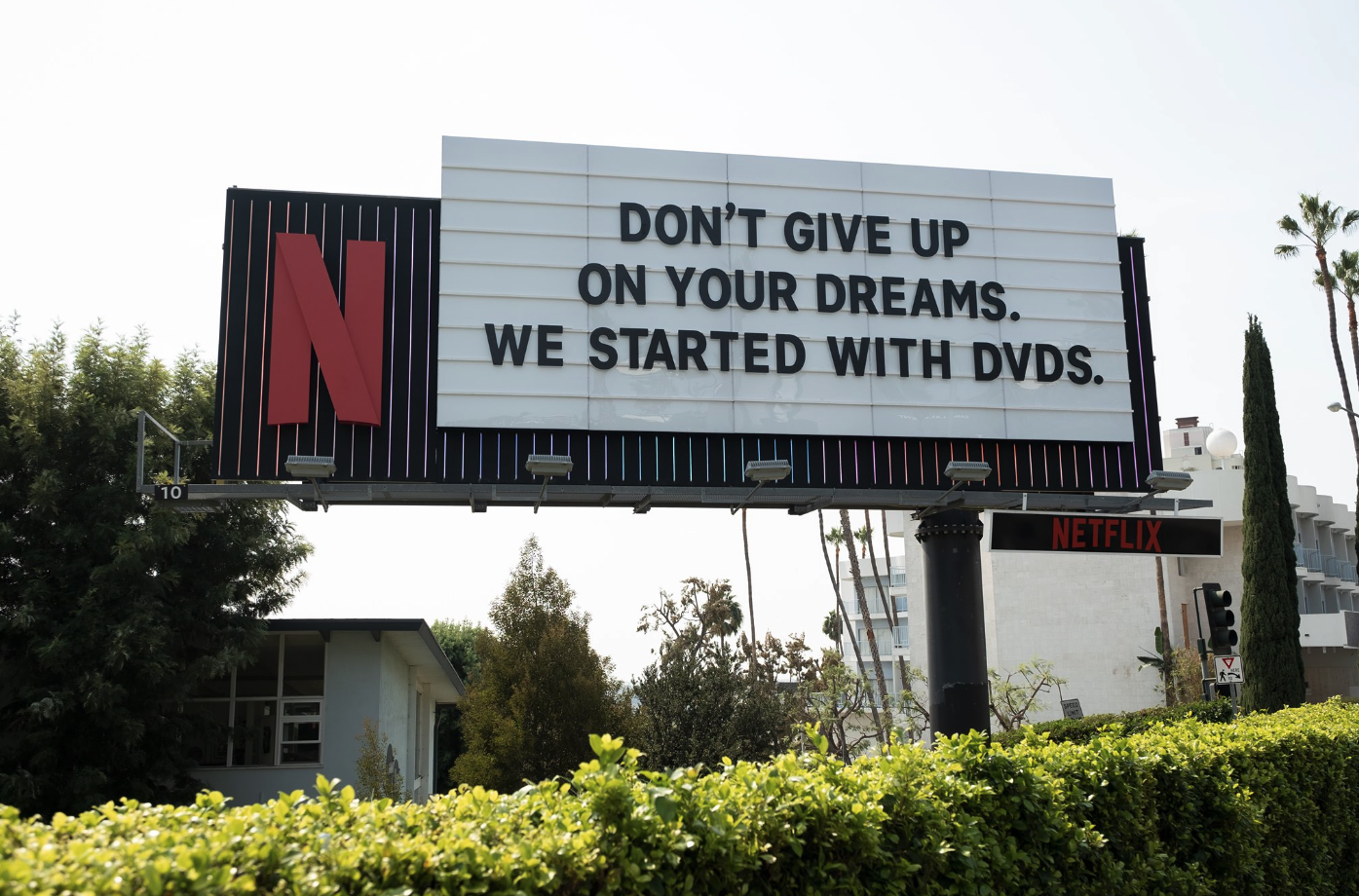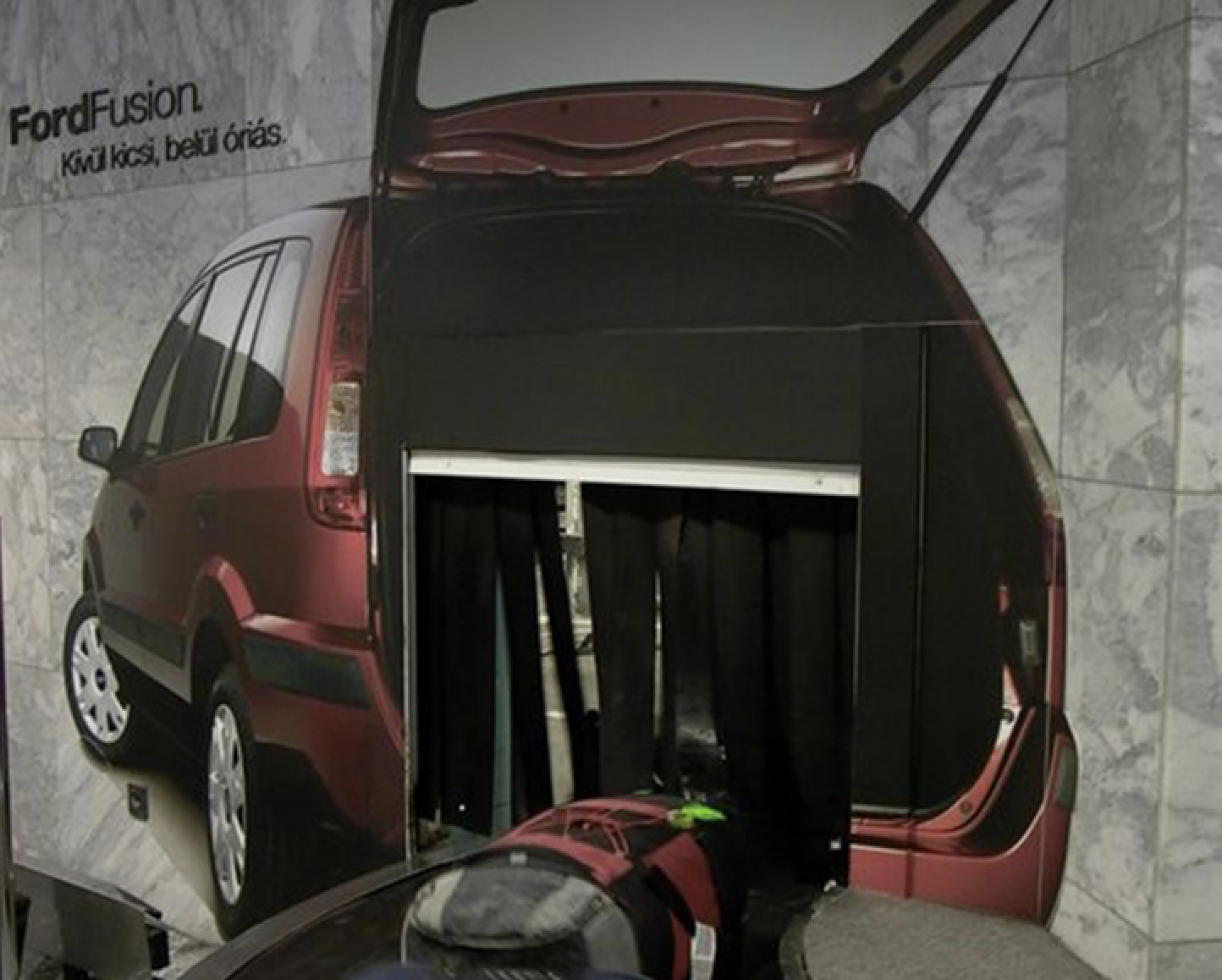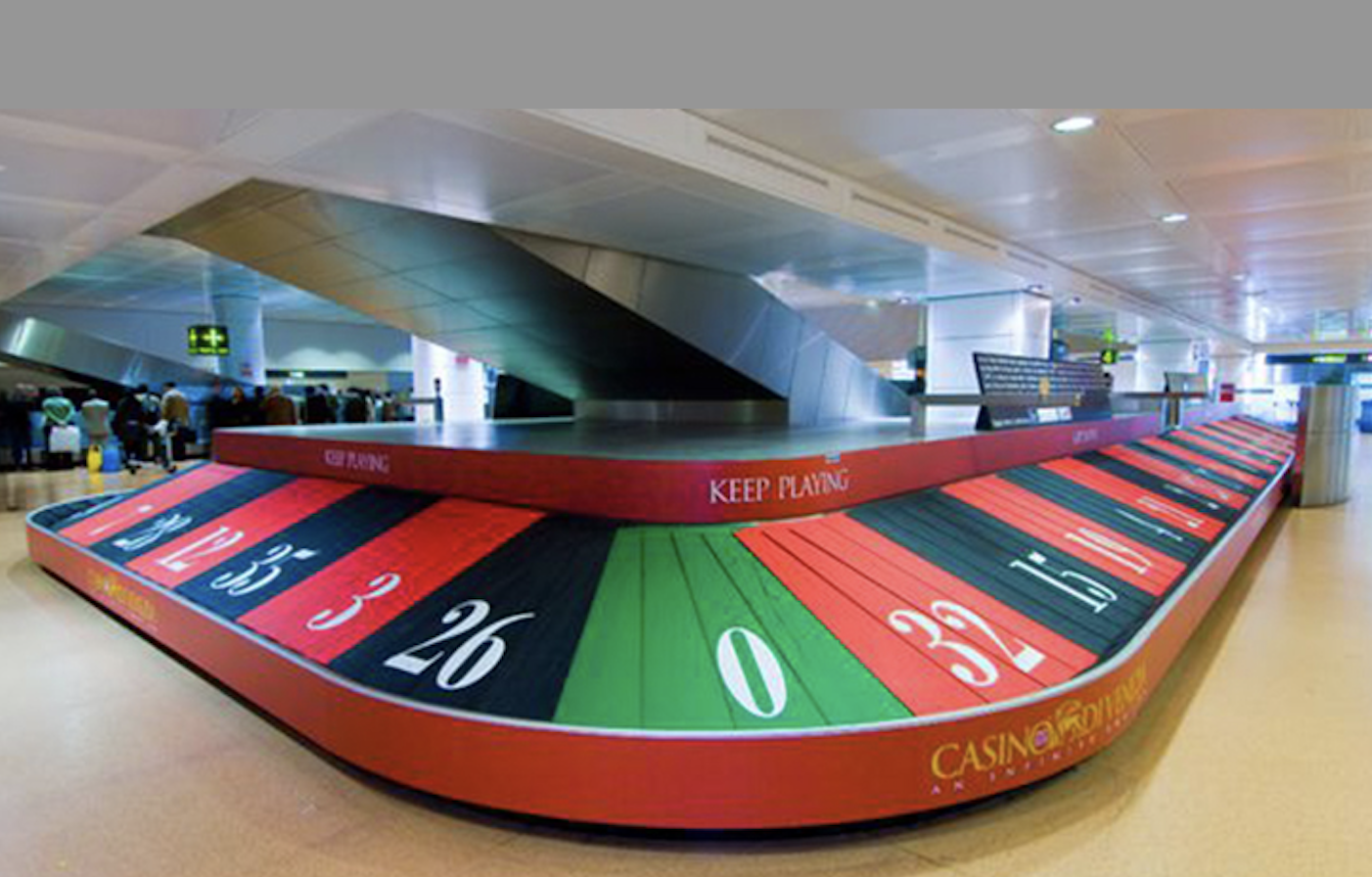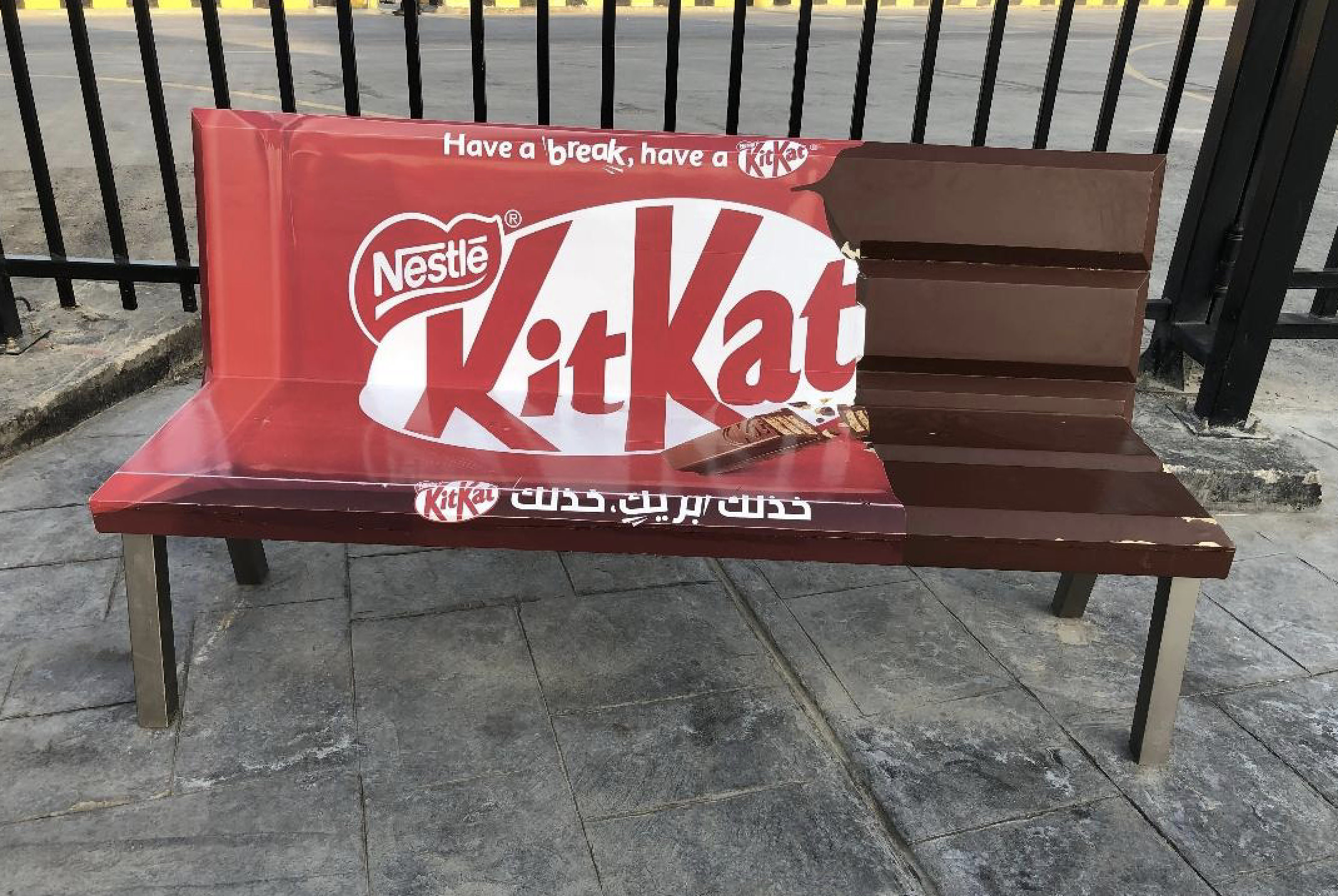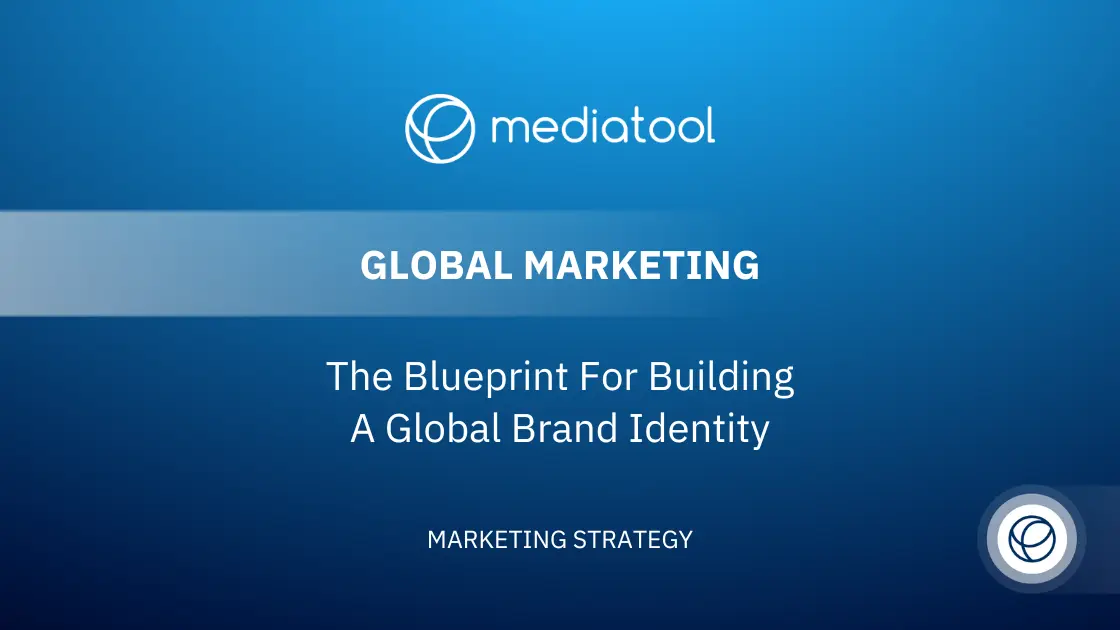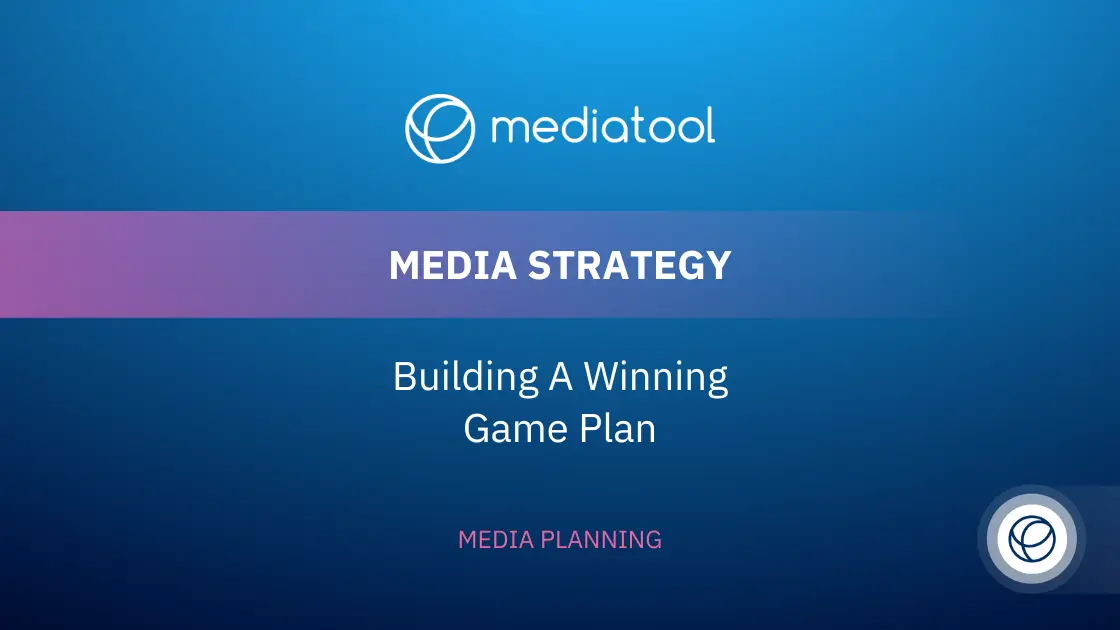In the last few years, many companies have focused their marketing strategies on the digital space. However, traditional out-of-home advertising (OOH advertising), is highly effective in boosting brand awareness and conversions. The surge in online advertising has not overshadowed the significance of OOH advertising; rather, it has enhanced the creative impact of marketing campaigns.
Digital campaigns and OOH advertising are not in direct competition, and when leveraged correctly, they can complement each other and take your brand to the next level. The convergence of digital and the OOH space has given rise to digital OOH advertising, blending the benefits of online and offline advertising.
In this article, we’ll break down the basics of what you need to know about OOH advertising and the rise of DOOH ads.
What Is OOH Advertising?
OOH advertising are most commonly ad spaces like large billboards on major highways and urban centers. They’re advertisements you experience or see when you’re ‘out-of-home’. They range from words on a billboard to complex digital advertisements on large screens, known as digital screens or digital signage in the advertising industry.
Global spending for out-of-home advertisements was projected to reach $36.64 billion at the end of 2022. Traditional OOH advertising, like billboards and posters, covers a large chunk of the market volume at $20.54 billion.
The outdoor advertisement space is huge. Here are five countries that spent billions of dollars in 2022:
China – $9.1 billion
United States – $8.6 billion
Japan – $4.6 billion
Germany – $1.8 billion
United Kingdom – $1.3 billion
Each year, print advertisement spending decreases, but OOH marketing continues growing. However, gone are the simple billboards or blown-up versions of print ads. Out-of-home ads are more creative than ever, giving birth to digital out-of-home advertising, an exciting frontier in the OOH space.
In the evolving landscape of OOH advertising, digital outdoor advertising plays a significant role. With digital screens, advertisers have more creative freedom to display dynamic content that can change in real-time, allowing them to adapt to their target audience’s changing needs. Digital signage can be found in high-traffic areas like buses, subway, and convenience stores, offering advertisers a captive audience.
Types of Outdoor Media and OOH Advertising Examples
Out-of-home media refers to the medium used for OOH advertising.
Here are some common types of OOH media and some out-of-home advertising examples.
Billboards
These are the most popular types of traditional OOH advertising. It involves using large-scale print advertisements to market a brand’s products, services, or message. Billboards are typically situated on major highways, urban centers, or business districts with high vehicle and foot traffic.
Billboards are meant to be eye-catching, so marketers continue investing in them. But before you lease a billboard, you should consider what to put on it. Ads must be strategically placed in front of an audience that will respond to them.
Successful Billboard Ads: Netflix
Netflix billboard ads are as entertaining as their shows. Some of them don’t even have images, just words. One billboard states: “Don’t give up on your dreams. We started with DVDs.” The ad refers to Netflix’s history as a multi-billion-dollar company that began as a subscription-based DVD mailing service.
Some of the brand’s billboards showcase posters for movies or shows. But the funny and relatable messages are very memorable, such as: “Scare your ex. Change your password” and “If you can read this, you can read subtitles.”
Posters
Posters are similar to billboards but are much smaller in size. They are often situated within commercial and industrial areas with heavy vehicular and foot traffic.
Posters have more versatility than billboards because of their size. You can see them attached to public infrastructures, such as waiting areas for public transportation, train stations, and other such spaces.
Because posters don’t have the size advantage of the billboard, they must be more interesting and attractive. There should be an intelligent use of colors and visuals.
Successful Poster Ads: Oreo
Oreo is the most successful cookie brand in the world and employs highly creative poster advertising. Almost every year, Oreo demonstrates the best out-of-home ad examples, including a collection of posters depicting landmark events through the creative use of the cookie.
For Pride Month, Oreo released a poster with a piece of multi-stuffed cookie with eight cream fillings showcasing the Pride flag’s different colors. Another poster has a half-eaten Oreo in a sea of milk, commemorating its 100th anniversary. Still, it also references the movie Jaws, as the cookie also looked like a shark fin.
Transit
Transit advertising is the creative use of buses and taxis to promote a brand. This type of advertising helps carry the message across a city or major roads. It’s a mobile type of out-of-home marketing that covers a much larger area than billboards and posters, which are stationary.
It’s a fantastic OOH ads campaign because you can choose the type of transit based on your target demographics. Bus ads use the vehicle’s body as a canvas, while most taxi ads sit on top of the car or run on televisions within the vehicle.
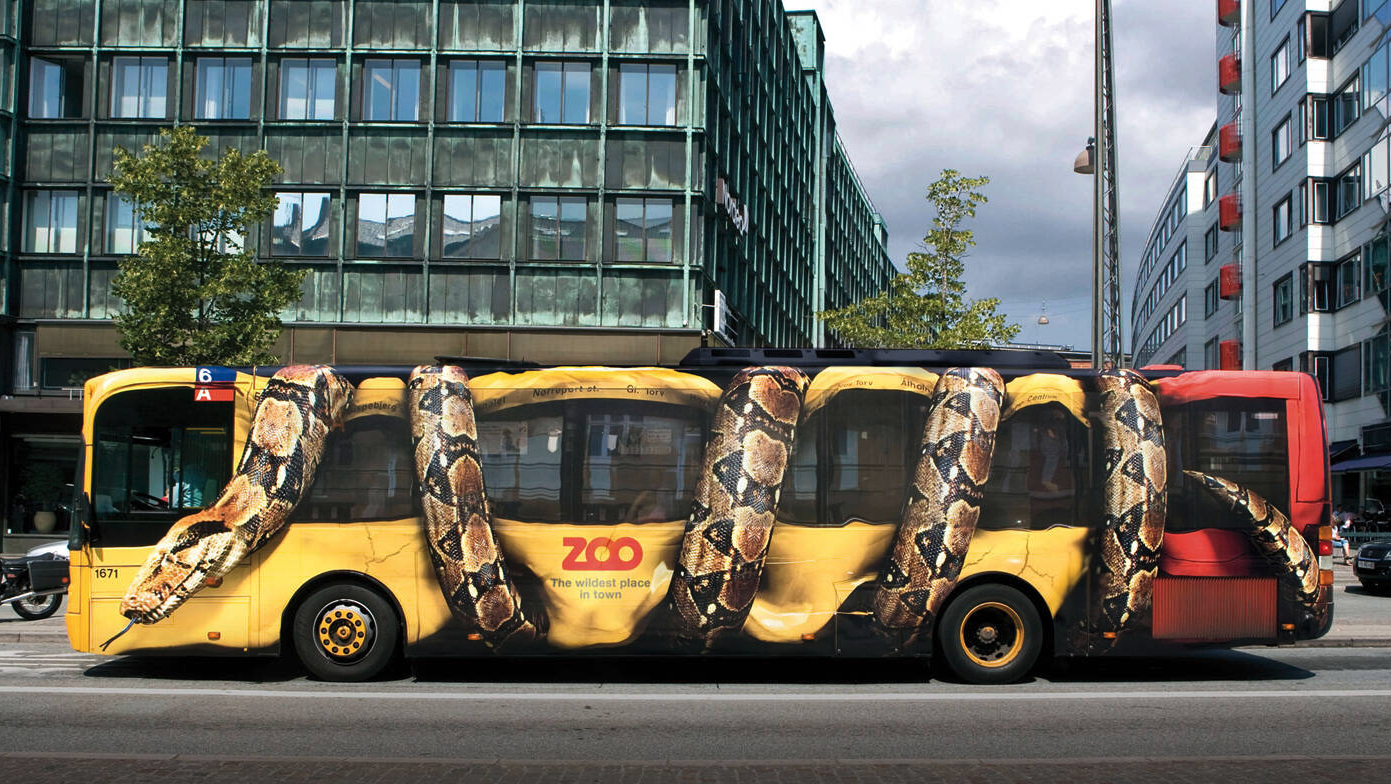
Successful Transit Ad: Copenhagen City Zoo, King Kong Movie, Snickers
Copenhagen City Zoo and the King Kong movie have the most attractive yet terrifying bus advertisements. Buses in Denmark have giant snakes wrapped around the vehicles, while buses promoting King Kong in Orange County looked like they were crushed by a giant creature’s hand.
The chocolate bar Snickers used taxi roof signs creatively by making it look like a bar of Snickers, but instead of the famous chocolate’s name, you’ll see “Snaxi”—get it? Snickers taxi?
Airport
Thousands of people are in airports at any time of the day, which makes them a great place to advertise. Airport ads are mostly unmissable wherever they are placed.
According to a study, 80% of frequent flyers notice airport advertising, and 42% take action, whether they visit the brand’s website, research the product or service, or pay money to the brand.
Successful Airport Advertisement: Ford, Casino Di Venezia
There are thousands of ads in major airports. Many are on the walls, while some are overhead on indoor billboards. Some posters also have their stands.
Ford and Casino Di Venezia found clever ways to advertise their brands on the conveyor belt at the Budapest Airport and Venice Marco Polo Airport, respectively. The Ford ad makes it seem like the bags are coming out of a Ford car’s trunk, while the casino ad makes the conveyor belt look like a life-sized roulette wheel.
Street Furniture
Street furniture advertising, or street-level urban media, is one of the most effective outdoor advertising examples. Furniture in public places and high-traffic pedestrian areas is often available for OOH ads and media buying.
Some examples of street furniture used in out-of-home advertising include the following:
Public benches
ATM kiosks
Bus shelters
Pedestrian panels
Mall ad panels
Phone booths
Successful Street Furniture Advertisement: KitKat
KitKat’s famous tagline is “Have a break, have a KitKat.” For their street furniture advertisements, they made public benches look like KitKat bars, and people can sit and have a break.
Digital billboards – OOH Ads
Any OOH media can be turned into digital advertisements. The digital OOH media definition is any digital display ad that people can view in a public setting. It can be OOH digital ads in billboard advertising or digital posters in any public space.
DOOH advertising is also expected to become more popular than traditional formats in the near future. Here, brands can resort to programmatic buying of media. What is programmatic out-of-home OOH media buying? They are instant transactions that can be completed on your mobile device. It’s very convenient, especially for companies who need the service quickly.
Digital OOH advertising (DOOH) provides a seamless integration with online advertising strategies, enabling the same ad to be displayed across multiple media spaces enhancing brand recognition. The integration of smart data enables advertisers to target their OOH ad campaigns more effectively, ensuring a higher level of ad engagement to increase brand awareness and encourage customers to interact with the brand. Through dynamic media, digital OOH advertising has transformed the traditional ad space into a more interactive and engaging media space.
The emergence of place-based media and DOOH media in strategic locations like health clubs, telephone boxes, and nearby convenience stores provides a cost-effective approach for advertisers to reach their target audiences with stunning visuals and creative ideas. The OOH industry is indeed a burgeoning domain with a plethora of opportunities for advertisers to explore innovative advertising methods in the out-of-home space. With the rise of mobile devices, the synergy between digital marketing and OOH advertising is bound to create a robust platform for brands to achieve a higher level of engagement and brand awareness in a cost-effective manner.
What You Need To Consider in Outdoor Advertising
OOH ads are in public spaces with high traffic, but they do not mean instant success for your brand. You must be highly purposeful and strategic in creating your OOH advertising campaign.
Here are some things to consider:
Circulation
How many people pass by the area? This is a crucial question that must be answered during OOH media buying. Local transportation authorities may have an approximate number of billboards on highways or major thoroughfares.
Demographics
What are the demographics (age, gender, profession, income level, and other characteristics) of motorists and passersby in that area? Businesses must be strategic in their own OOH, digital campaigns, and media buying and ensure that their target audience will see the ads.
Impressions
Impressions refer to the total number of exposures to your outdoor billboard advertising. It’s based on circulation or the number of people who see the ads, the size of the billboard, and its visibility.
Message/Story
Successful billboards tell a story—one that is interesting or relatable. It must be expressed succinctly, as most billboards and posters on roadways are only visible to motorists for a few seconds.
Benefits of Out-of-Home Advertising Media
Here are the many benefits of OOH media for your brand:
People rarely miss them because of their size and positioning.
Brands can be highly creative with their messaging.
They are not affected by ad blockers.
They cannot be turned off as in broadcast or mobile ads.
There is great potential to capture a vast audience.
What’s the Future of OOH Advertising?
Physical advertising through out of home media is here to stay. When well-crafted and well-planned, an OOH advertisement meant to attract motorists and pedestrians can also grab the attention of social media users.
The future of OOH advertising is bright with the advent of new technologies and platforms, allowing advertisers to purchase OOH inventory in real time and deliver more personalized and relevant ad content to audiences. The fusion of digital and traditional OOH advertising offers a cost-effective method for brands to maximize their advertising reach and create a lasting impression in the minds of consumers. The creative impact and the ability to reach a broader audience in high-traffic areas make OOH advertising a viable and cost-effective way for brands to stand out in the competitive advertising industry.
It’s best to partner with SaaS platforms like Mediatool to simplify OOH advertising campaign planning and implementation through a cloud-based platform. You can plan, measure, evaluate, and recalibrate your ooh campaigns in one space for convenient communication and collaboration.
Request a Mediatool demo today!
